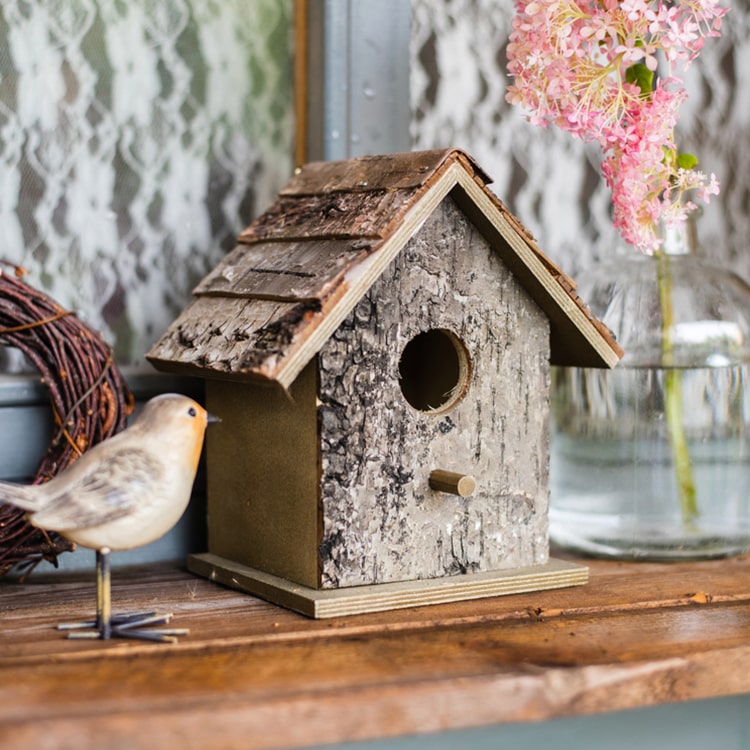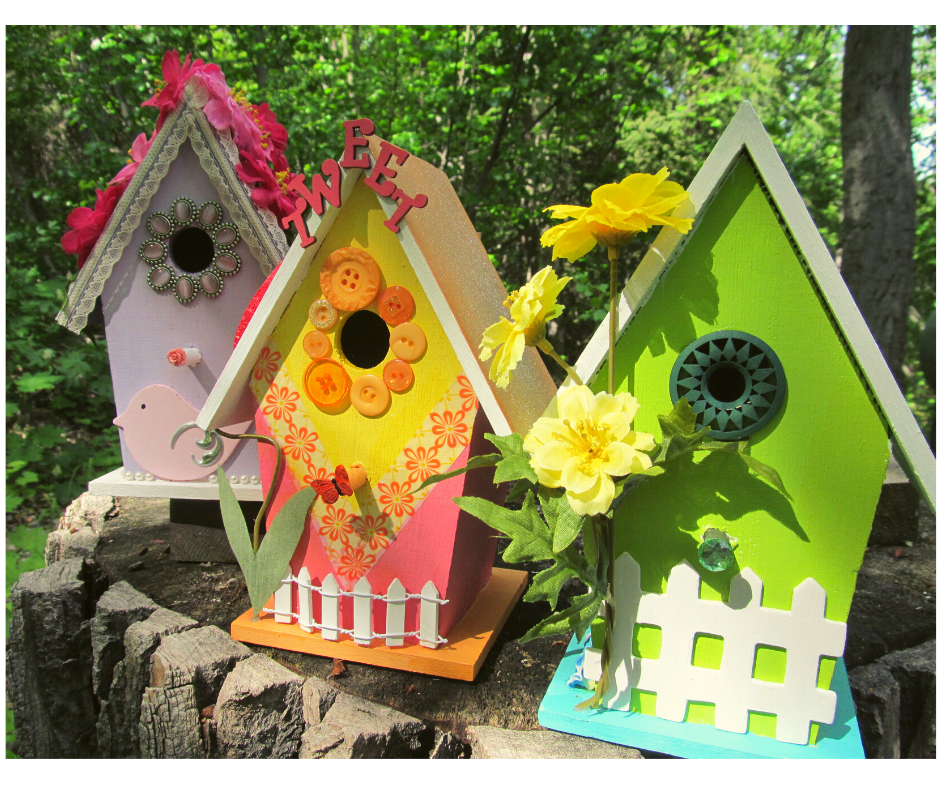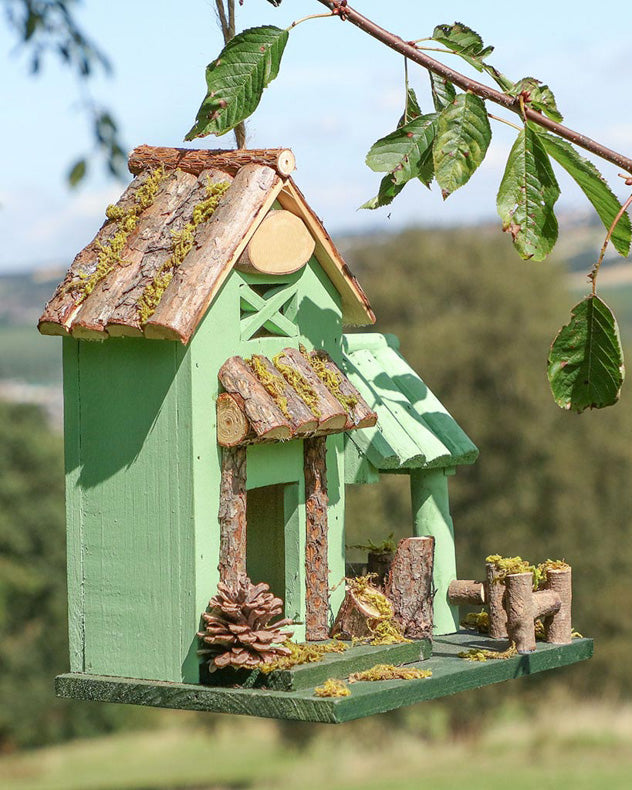Welcome to the delightful world of decorative wooden bird houses! As a passionate bird enthusiast, I’ve spent countless hours designing and crafting these charming havens for our feathered friends. Not only do decorative bird houses add beauty to your garden, but they also offer a safe refuge for birds to nest, feed, and thrive. In this comprehensive guide, we’ll explore everything you need to know about decorative wooden bird houses—from styles and materials to building tips, care, and more!
Why Choose Decorative Wooden Bird Houses?
Decorative wooden bird houses are the perfect addition to any outdoor space. Here are a few reasons why:
- Aesthetic Appeal: They enhance the beauty of your garden or yard.
- Durability: Wooden houses offer longevity and withstand various weather conditions.
- Bird-Friendly: They provide a safe and comfortable nesting environment for birds.
Types of Decorative Wooden Bird Houses
When it comes to decorative wooden bird houses, there are numerous styles to choose from. Below, I’ll break down the most popular types:
Cottage-Style Bird Houses
Cottage-style bird houses are designed to mimic quaint countryside homes. They often feature charming details like tiny windows, porches, and vibrant colors.
Modern Bird Houses
For a sleek, contemporary look, modern bird houses use minimalistic designs and clean lines. They often incorporate geometrical shapes and are made from sustainable materials.
Rustic Bird Houses
Rustic bird houses embrace a natural look by using reclaimed wood and uneven textures. They’re perfect for blending into wooded areas or gardens.

Materials Used in Decorative Wooden Bird Houses
The choice of material is crucial for the longevity and safety of your bird house. Here are some common materials used:
Types of Wood
- Cedar: Naturally resistant to decay and insects, making it an excellent choice.
- Pine: Affordable but requires treated coatings to extend its life.
- Redwood: Another durable option, known for its charming appearance.

Finishes and Treatments
It’s important to avoid toxic paints or treatments. Instead, opt for natural oils or water-based stains to maintain the safety of the inhabitants.
Building Your Own Decorative Wooden Bird House
Building a bird house can be a rewarding project. Here’s a simplified guide on how to do it:

Step-by-Step Guide
- Gather Materials: Choose your preferred wood type, screws, nails, and a non-toxic finish.
- Design Your House: Sketch a design that suits your style and the target bird species.
- Cut Wood Pieces: Use a saw to cut the wood for the base, walls, and roof according to your design.
- Assemble the House: Start with the base, then add walls, and finish with the roof.
- Drill Entrance Hole: Make sure it’s the right size for your chosen bird species.
- Finish and Decorate: Sand rough edges and apply a non-toxic finish.
Comparing Pre-Made vs. DIY Bird Houses
Choosing between buying a pre-made bird house or crafting your own can be tough. Here’s a comparison table to help you decide:

| Feature | Pre-Made Bird Houses | DIY Bird Houses |
|---|---|---|
| Cost | Higher initial investment | Lower cost if materials are sourced wisely |
| Customization | Limited options | Fully customizable |
| Time | Ready to use | Time-consuming but rewarding |
| Quality | Variable quality | Can ensure high quality |
Decorating Tips for Your Bird House
After building or buying your decorative bird house, consider adding unique touches to enhance its appearance. Here are some creative ideas:

Painting and Staining
Use non-toxic paints to add color. Consider natural stains that maintain the wood’s look while offering protection.
Adding Accessories
Accessories like small flower boxes, decorative shingles for the roof, or even whimsical weather vanes can elevate the aesthetic.

Seasonal Decor
Change the exterior decor with the seasons—add twinkling lights in winter or flowers in spring!
Caring for Your Decorative Wooden Bird House
To ensure your bird house remains a safe habitat for birds, regular maintenance is key. Here are practical tips:

Regular Cleaning
After each nesting season, clean out the bird house with warm, soapy water to prevent disease.
Inspect for Damage
Check for holes, cracks, or loose parts, and repair them promptly to keep birds safe.
Proper Placement
Ensure that the bird house is securely mounted at an appropriate height and sheltered from harsh elements.
The Best Bird Species for Your Decorative Wooden Bird House
Choosing the right bird species increases the chances of attracting birds to your house. Here are some common options:
Wrens
These small birds love cozy spaces and often prefer houses with entrance holes around 1.25 inches in diameter.
Bluebirds
Bluebirds enjoy open spaces with houses at least 5 feet off the ground. Their entrance holes are generally 1.5 inches wide.
Chickadees
Chickadees have a 1.25-inch entry requirement and can thrive in tree-filled areas.
Pros and Cons of Decorative Wooden Bird Houses
Like any outdoor project, decorative bird houses have their advantages and disadvantages. Here’s a quick overview:
Pros
- Add beauty to your landscape.
- Attract various bird species.
- Support local wildlife.
Cons
- Require regular maintenance.
- May need to be replaced over time.
- Initial costs can be high for quality builds.
FAQs About Decorative Wooden Bird Houses
1. How do I attract birds to my wooden bird house?
Position the bird house in a safe and sheltered area, and consider adding bird feeders nearby to draw interest.
2. What are the best paints to use on bird houses?
Non-toxic, water-based paints are the best choice to ensure the safety of nesting birds.
3. Can I use a bird house all year round?
Yes, but seasonal cleaning and maintenance are crucial to ensure it’s safe for birds year-round.
4. How high should I hang my bird house?
Generally, the height depends on the species, but most should be mounted at least 5 feet off the ground.
5. What should I do if my bird house is occupied?
Leave it undisturbed for the nesting season, and clean it out afterward to prepare for the next inhabitants.
Conclusion
Decorative wooden bird houses not only enhance your garden’s beauty but also contribute significantly to local wildlife. Whether you decide to buy or build, the joy of watching birds take residence in your carefully crafted homes is truly rewarding. So get creative, express your personality through your designs, and enjoy every moment spent in your serene bird-watching haven!